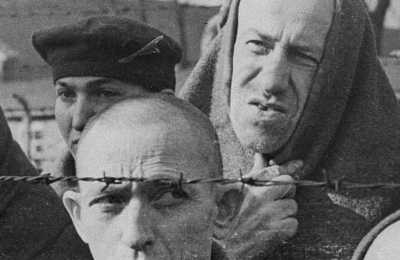Verzetsmuseum Amsterdam




On April 24, 1984, the first meeting of the incoming board of a foundation with the aim of “creating and maintaining a museum dedicated to resistance to National Socialism and Fascism” was held. At that time there was no money, no property and no collection. But the time was ripe for a resistance museum. A year and a half later, the museum would open, thanks to the enthusiasm and fighting spirit of the people from the former resistance. They were board members, volunteers and supporters. In 1999 the museum moved to its current location, the Plancius Building in Amsterdam.
History of the Plancius Building
Building Plancius dates from 1876. The initiative for the construction came from the Jewish choral society Oefening Baart Kunst. The building served successively as a music temple and society, as a conference center and for almost eighty years as a garage. From 1916 on, numerous slums here were demolished by order of the municipality. During these remediations, two-thirds of the Jewish residents moved to other, new parts of the city, such as the Transvaalbuurt and the Rivierenbuurt.
The Plancius building quickly became a popular venue for concerts, theater performances, celebrations and parties. On Jewish holidays there were synagogue services. Many political rallies also took place. For the socialists, with their growing following in the Jewish corner, Plancius became a regular meeting place. The debates could get heated. A speaker admired by many was Henri Polak, foreman of the ANDB, the Algemene Nederlandse Diamantbewerkers Bond.
The decline of Plancius started around 1900. In 1913 the property was sold to the Jewish Jacques Pimentel, brother of Henriette Pimentel, famous for rescuing Jewish children from her crèche opposite the Hollandsche Schouwburg during World War II. Pimentel had the building renovated in 1914 into an extremely modern taxi company for that time. The extensions behind the original building, which are now used for the permanent display of the museum, date from that time. Partly due to the consequences of the First World War, the company went bankrupt, and the taxi garage came into the hands of the Amsterdamse Rijtuigen Maatschappij (ARM) in 1919. During the German occupation, the ARM again let horses, carriages and wagons drive due to lack of petrol; for example, Plancius became a horse stable for a short time. In 1944 - 1945 a number of German vehicles were placed there. The guards were given their own room.
Educating the younger generations
In October 2013, the museum was expanded with a special children's museum: Resistance Museum Junior. With a brand new Junior museum it became clear that the still highly valued permanent display from 1999 was also in need of renewal. The museum made attempts to expand the museum space again, by purchasing surrounding real estate or constructing a new underground floor. The plans came to a halt, partly due to the corona crisis. It was decided to create more space for the new permanent display over the Netherlands, and to move the section about the colonies to a separate part of the temporary exhibition space.
The new exposition will open October 2022.











